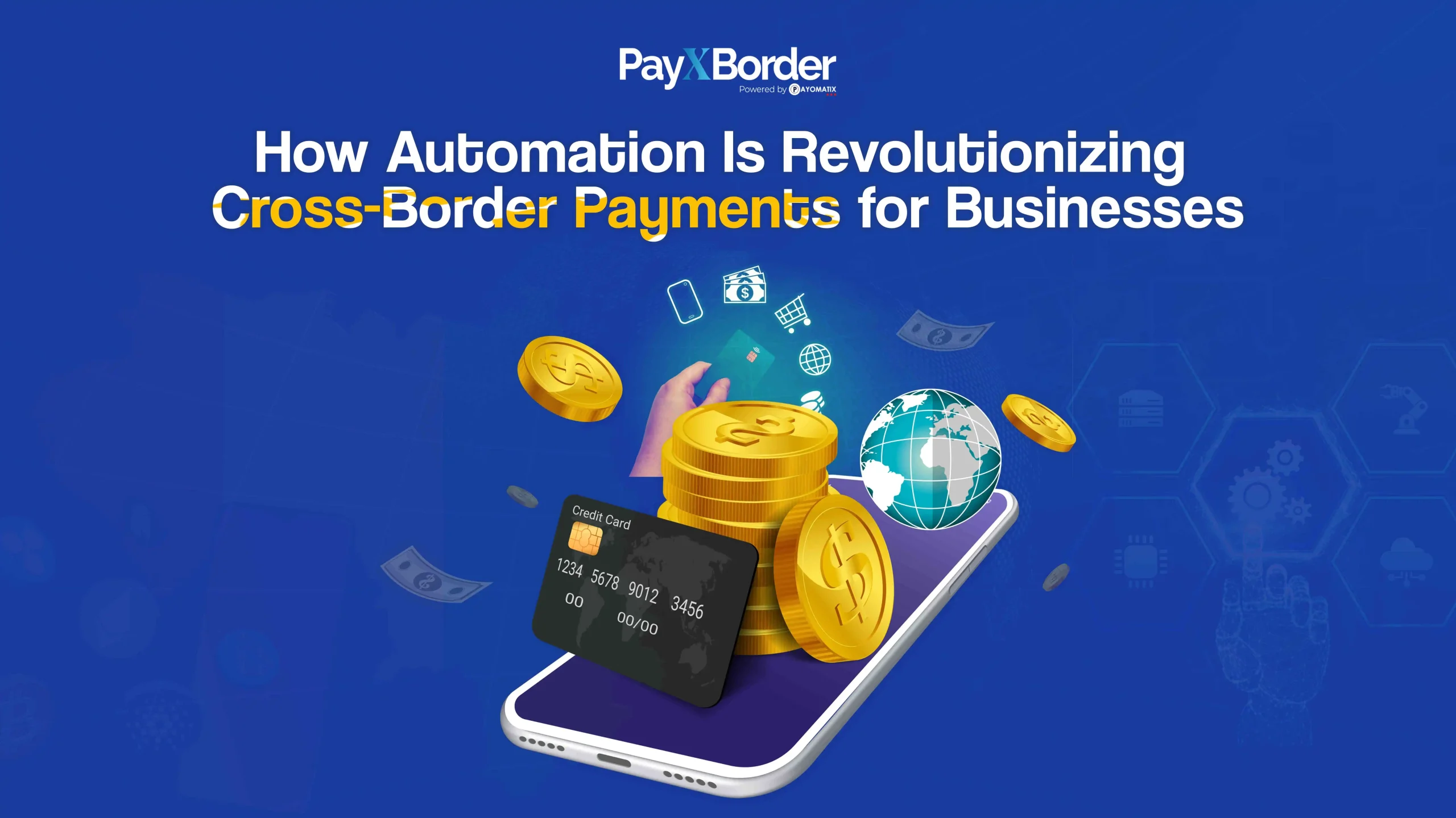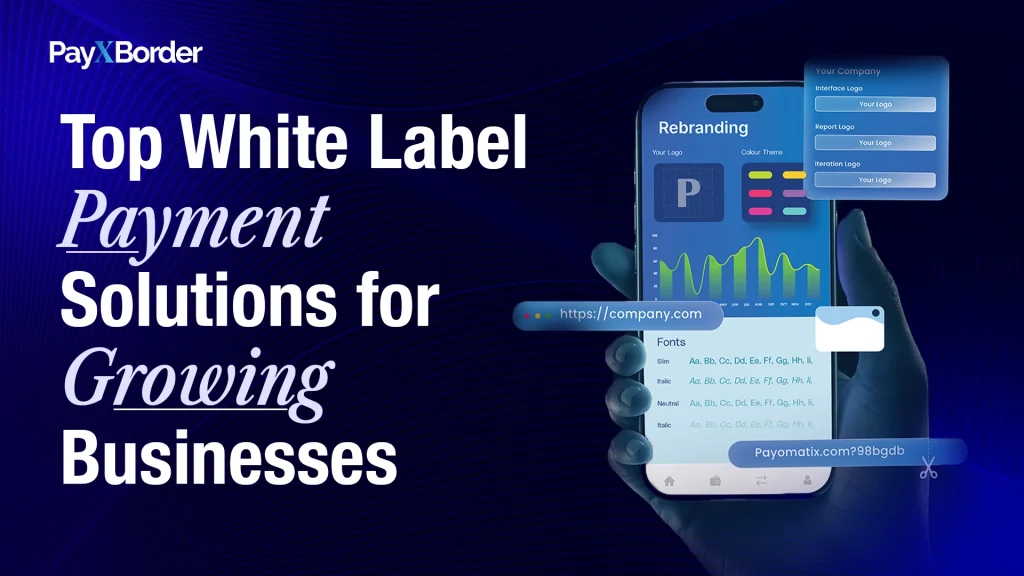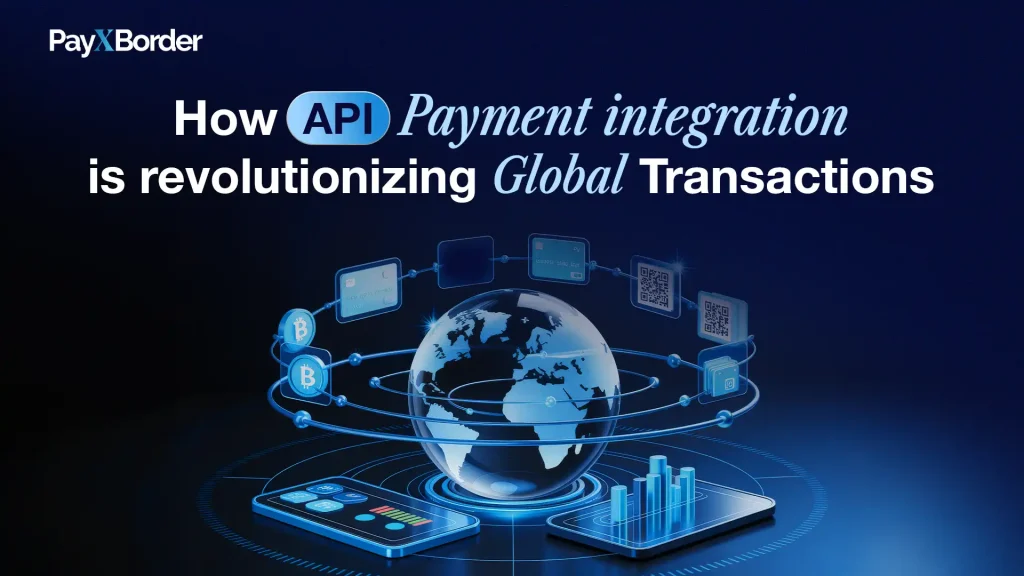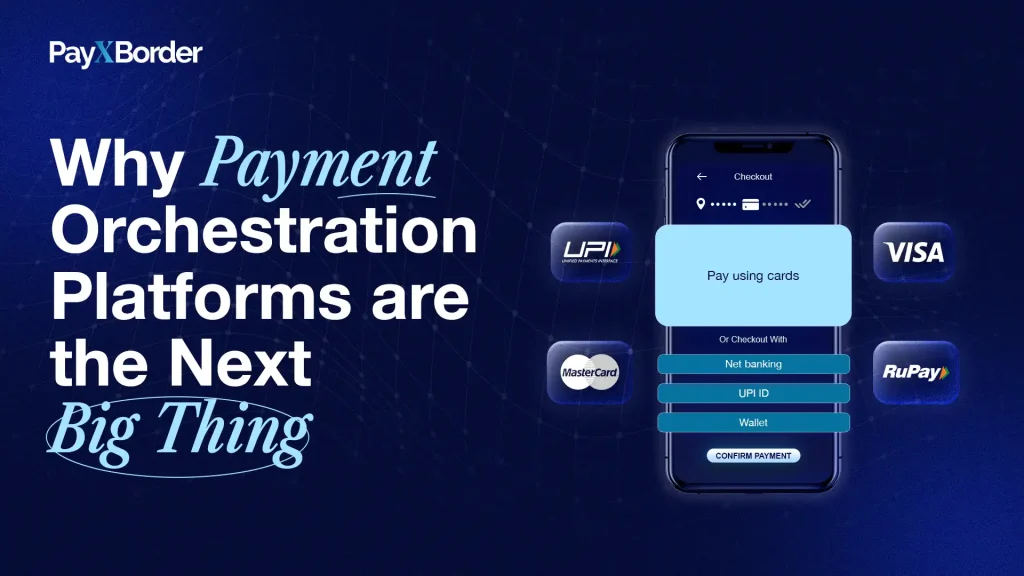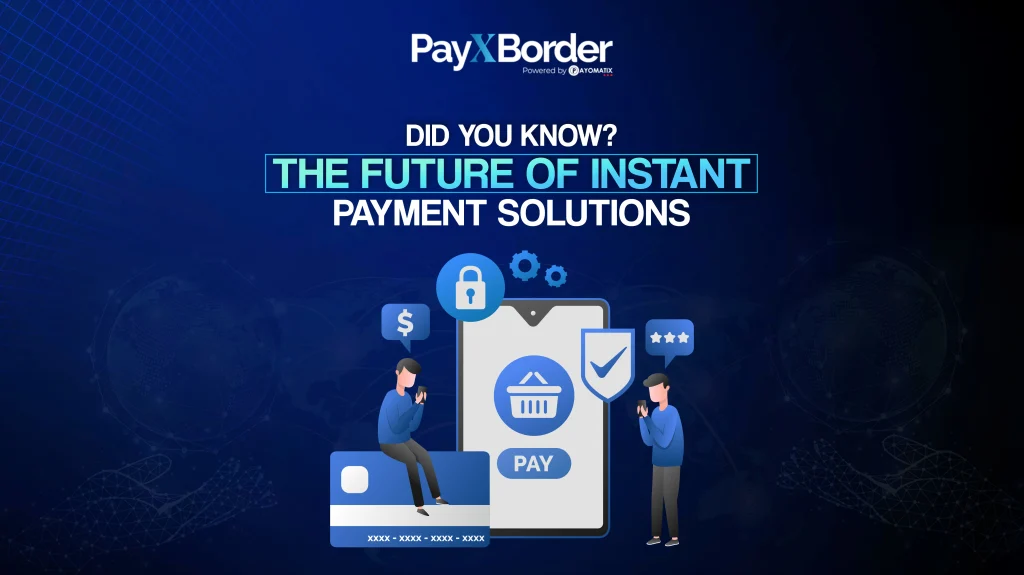The world of cross-border payments is dramatically transforming, and automation is at the forefront of this revolution. For decades, international money transfers were plagued by inefficiencies—manual processes, high fees, long settlement times, and complex compliance requirements. However, thanks to the rise of automation technologies, businesses now have the tools to streamline cross-border payments, reduce costs, and make global trade faster and more transparent.
This post will explore how automation is reshaping cross-border payments, why it’s relevant to the global economy, and the challenges and opportunities businesses should be aware of as they embrace this new era in international finance.
The Importance of Cross-Border Payments in the Global Economy
Cross-border payments are essential for global commerce. They enable businesses to transact with suppliers, customers, and partners across different countries and currencies. Whether it’s importing goods, paying freelancers, or settling international invoices, companies of all sizes rely on cross-border payments to fuel their operations. However, despite the central role these transactions play in the global economy, cross-border payments have traditionally been slow, expensive, and opaque.
Historically, businesses had to rely on banks and intermediary financial institutions to move money internationally. This process often involved multiple parties and layers of manual verification, each adding time and costs to the transaction. A transfer from the U.S. to Europe, for example, might pass through multiple banks, each charging a fee and delaying settlement by several days. Additionally, businesses faced uncertainty about foreign exchange rates and varying compliance requirements across jurisdictions.
The Role of Automation in Cross-Border Payments
Automation is now changing this landscape by eliminating many of the manual steps involved in cross-border payments. Through the use of software and AI-driven technologies, automation enables businesses to send and receive money across borders quickly, accurately, and securely.
Here’s how automation is revolutionizing cross-border payments:
- Faster Transactions
Automated payment systems can process cross-border transactions in real time or near real time, reducing settlement times from days to minutes. Automated clearinghouses (ACH), blockchain, and other technologies enable faster, more direct money transfers by removing the need for intermediaries. This acceleration is crucial for businesses, particularly those that rely on just-in-time supply chains or need to respond quickly to international customers. - Reduced Costs
By streamlining the payment process and eliminating unnecessary middlemen, automation significantly reduces the fees associated with cross-border transactions. Businesses can now bypass the traditional banking system and its associated charges, benefiting from lower transaction fees and more competitive foreign exchange rates. This is especially important for small and medium-sized enterprises (SMEs), which may previously have been priced out of international markets due to high transfer costs. - Improved Accuracy and Security
Manual processing of payments is prone to human error, which can result in costly delays or compliance violations. Automation mitigates this risk by ensuring that transactions are processed with precision and consistency. Automated systems can also implement sophisticated fraud detection algorithms, protecting businesses from the growing threat of financial cybercrime. - Enhanced Transparency
One of the main complaints about traditional cross-border payments is the lack of visibility over where the money is at any given time. Automated platforms often include tracking features that allow businesses to monitor payments in real time, providing full transparency from initiation to settlement. This transparency is essential for businesses that need to maintain cash flow or manage global supply chains effectively. - Compliance Made Easy
Compliance with international regulations is a major pain point for businesses engaged in cross-border transactions. Every country has its own rules regarding money transfers, anti-money laundering (AML) laws, and foreign exchange controls. Automation simplifies compliance by automatically checking that all transactions meet the necessary regulatory requirements. This not only reduces the burden on finance teams but also minimizes the risk of penalties for non-compliance.
Current Trends in Cross-Border Payment Automation
As businesses and financial institutions continue to embrace automation, several key trends are emerging in the cross-border payments industry:
- Blockchain and Cryptocurrencies: Blockchain technology is being integrated into cross-border payment systems to enhance speed, security, and transparency. Cryptocurrencies like stablecoins, which are pegged to traditional currencies, are also gaining traction as a viable means of transferring funds internationally.
- Artificial Intelligence and Machine Learning: AI and machine learning are being used to optimize payment routing, improve fraud detection, and predict exchange rates, allowing businesses to time their payments more effectively.
- Fintech and API Integration: Fintech companies are playing a pivotal role in automating cross-border payments by providing user-friendly platforms that integrate seamlessly with existing business software. APIs (Application Programming Interfaces) allow businesses to automate payment workflows without the need for manual intervention.
- Real-Time Payments: The growing demand for instant payments is pushing providers to develop real-time payment solutions that support cross-border transactions. This trend is being driven by both customer expectations and advancements in payment infrastructure around the world.
Challenges and Solutions
While automation offers immense benefits, there are still challenges that businesses must navigate:
- Interoperability: One of the primary hurdles is ensuring that different payment systems, banks, and technologies can work together seamlessly across borders. Standardization efforts, like the ISO 20022 messaging standard, are helping address this issue, but widespread adoption is still in progress.
- Regulatory Compliance: Although automation simplifies compliance, the constantly changing regulatory landscape still presents a challenge. Businesses must stay updated on international regulations and ensure that their automated systems remain compliant.
- Cybersecurity Risks: As automation increases the reliance on digital systems, the threat of cyberattacks also grows. Businesses need to invest in robust cybersecurity measures to protect themselves from fraud and data breaches.
- Adoption and Integration: For some businesses, particularly smaller companies, the upfront investment in automation technology can be a barrier. However, the long-term savings and efficiencies gained from automating cross-border payments often outweigh the initial costs.
The Future of Cross-Border Payment Automation
Looking ahead, automation is expected to continue driving innovation in cross-border payments. Technologies like AI, blockchain, and real-time processing will further enhance the speed, cost-efficiency, and security of international transactions. As more businesses adopt automated payment solutions, the global economy will become even more interconnected, enabling companies of all sizes to thrive in international markets.
Conclusion: Staying Ahead of the Curve
Automation is no longer a luxury; it’s becoming a necessity for businesses involved in cross-border payments. The ability to send and receive money across borders quickly, affordably, and securely is crucial to maintaining a competitive edge in today’s global marketplace. By embracing automation, businesses can overcome the challenges of traditional cross-border payments and unlock new opportunities for growth.
As the landscape of cross-border payments continues to evolve, it’s essential to stay informed about the latest trends and technologies shaping the industry. Whether you’re a seasoned finance professional or a newcomer to the world of international payments, understanding how automation is transforming this space is key to future-proofing your business.Ready to explore the benefits of automation for your cross-border payments? Stay tuned to industry updates, and don’t miss out on the opportunity to streamline your international transactions for maximum efficiency and growth!

